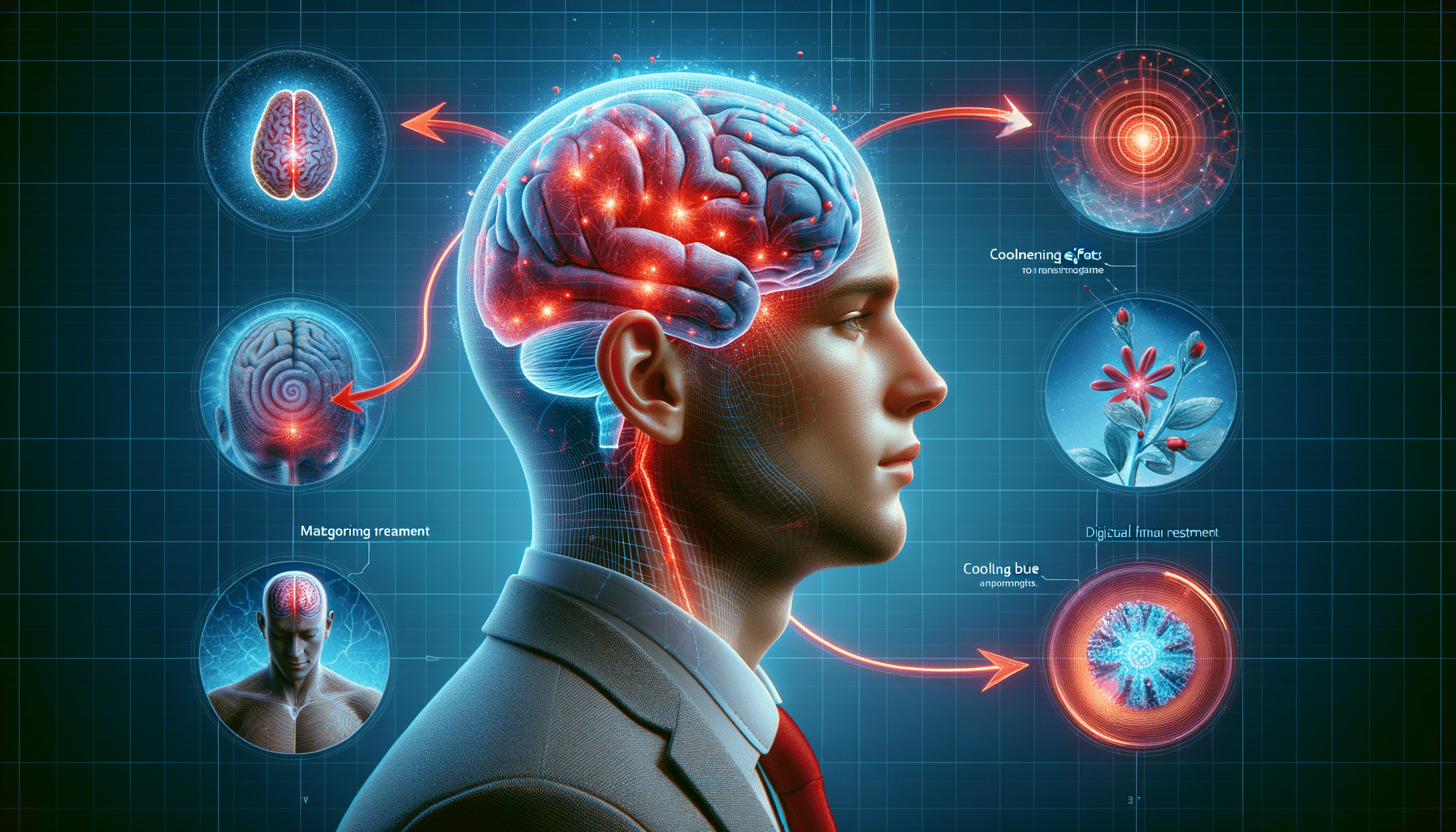Find out how specialists are helping adults manage migraines!
Find relief with effective migraine treatments designed to manage pain and reduce frequency. Explore options that fit your needs and improve daily comfort.

Understanding Migraine: More than Just a Headache
Migraines are a neurological condition that affects millions of people worldwide, often misunderstood as just severe headaches. However, migraines encompass a range of symptoms including nausea, vomiting, sensitivity to light and sound, and visual disturbances known as auras. The World Health Organization ranks migraines as one of the most disabling illnesses, highlighting the importance of understanding and managing this condition effectively.
Research indicates that migraines can be triggered by a variety of factors such as stress, hormonal changes, certain foods, and environmental stimuli. Recognizing these triggers is crucial for individuals to manage their condition. Moreover, genetics play a significant role, with many sufferers reporting a family history of migraines. Understanding these elements can aid in developing personalized treatment plans.
While the exact cause of migraines remains a mystery, advancements in medical research continue to shed light on its mechanisms. Scientists believe that migraines involve complex interactions between the brain, nerves, and blood vessels. This understanding has paved the way for innovative treatment approaches that target these specific pathways.
Pharmacological Treatments: A Pill for Every Pain
Pharmacological treatments for migraines are diverse, catering to the varied needs of sufferers. Acute treatments, such as triptans and nonsteroidal anti-inflammatory drugs (NSAIDs), are designed to alleviate symptoms during an attack. Triptans, in particular, are known for their effectiveness in treating moderate to severe migraines by targeting serotonin receptors in the brain.
Preventive medications, on the other hand, are prescribed for individuals experiencing frequent migraines. These include beta-blockers, antidepressants, and anticonvulsants, which work by stabilizing the brain’s chemical balance. Recent advancements have introduced calcitonin gene-related peptide (CGRP) inhibitors, a novel class of drugs that offer promising results in migraine prevention.
It’s important to note that pharmacological treatments should be tailored to the individual’s specific needs and medical history. Consulting with healthcare professionals ensures that the chosen medication aligns with the patient’s overall health profile, minimizing potential side effects and maximizing effectiveness.
Non-Pharmacological Approaches: Beyond Medication
While medications play a crucial role in managing migraines, non-pharmacological approaches offer additional relief and can be used in conjunction with traditional treatments. Lifestyle modifications, such as maintaining a regular sleep schedule, staying hydrated, and managing stress, are foundational steps in reducing migraine frequency and severity.
Cognitive-behavioral therapy (CBT) has shown effectiveness in helping individuals cope with the psychological impact of migraines. By addressing negative thought patterns and promoting relaxation techniques, CBT empowers sufferers to manage their condition more effectively. Biofeedback therapy, which involves monitoring physiological responses, enables individuals to control stress-related triggers actively.
Additionally, alternative therapies such as acupuncture and yoga have gained popularity for their potential benefits in migraine management. While scientific evidence varies, many individuals report a reduction in migraine frequency and intensity, making these options worth exploring under professional guidance.
Dietary Considerations: Eating Your Way to Relief
Diet plays a significant role in migraine management, with certain foods and beverages identified as common triggers. Caffeine, alcohol, aged cheeses, and processed meats are among the culprits that can provoke migraines in susceptible individuals. Keeping a food diary can help identify personal triggers and inform dietary adjustments.
On the positive side, incorporating magnesium-rich foods like spinach, nuts, and seeds may help reduce migraine frequency. Omega-3 fatty acids found in fish such as salmon and mackerel are also believed to have anti-inflammatory properties beneficial for migraine sufferers.
It’s crucial to approach dietary changes with caution and under the guidance of a healthcare professional or nutritionist. A balanced diet that supports overall health and well-being is essential in the holistic management of migraines.
Innovative Therapies: The Future of Migraine Treatment
As our understanding of migraines evolves, so do the treatment options available. Innovative therapies such as neuromodulation devices offer new hope for those who have not found relief through traditional methods. These devices work by stimulating specific nerves associated with migraine attacks, providing an alternative for individuals seeking non-invasive solutions.
Research into the gut-brain connection has also opened new avenues for migraine treatment. The microbiome’s role in neurological health is gaining attention, with studies exploring probiotics as a potential therapeutic option. While this area is still in its infancy, the possibilities it presents are exciting for the future of migraine management.
Finally, ongoing clinical trials continue to explore novel medications and therapies, promising a future where migraines are more effectively managed, and sufferers can lead more comfortable lives. Staying informed about these advancements empowers individuals to make educated decisions about their treatment options.